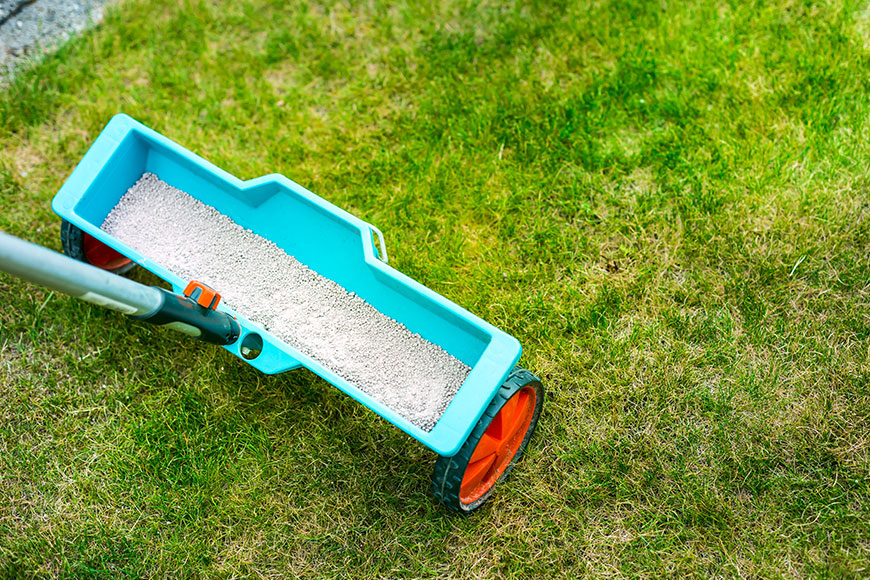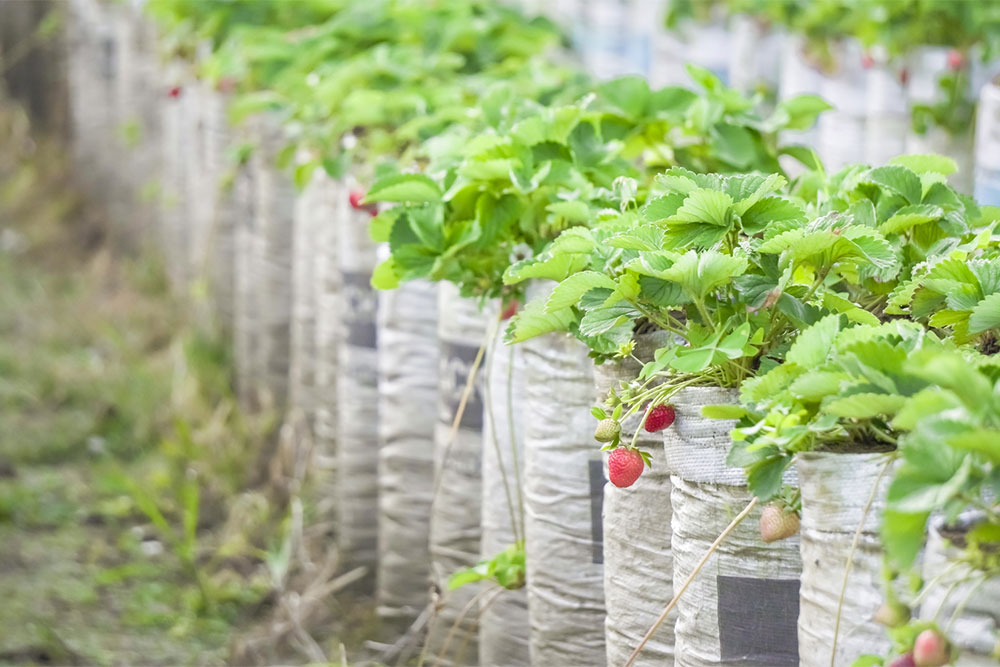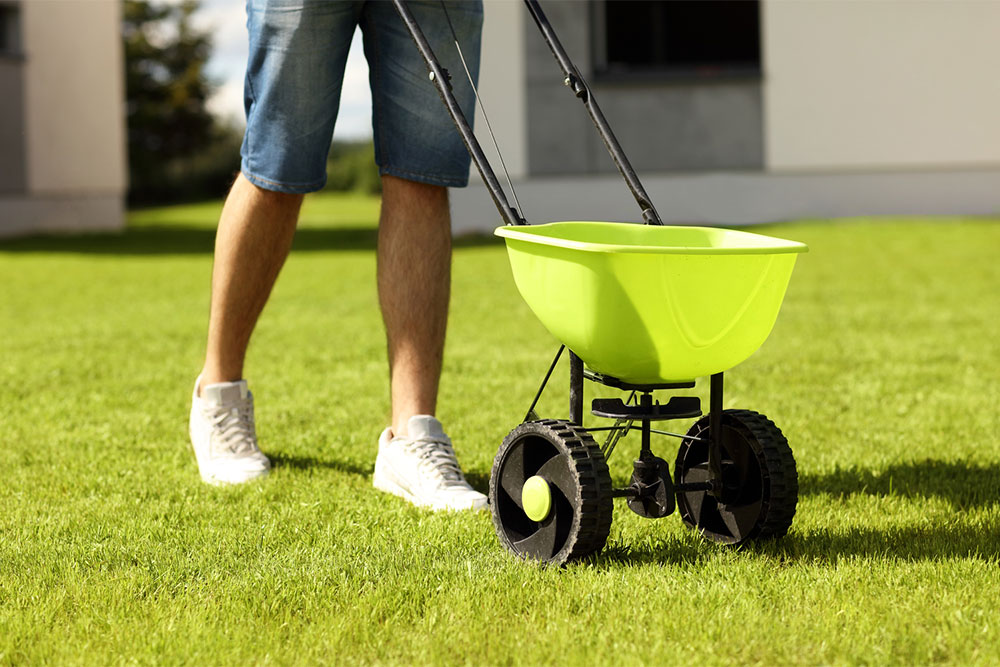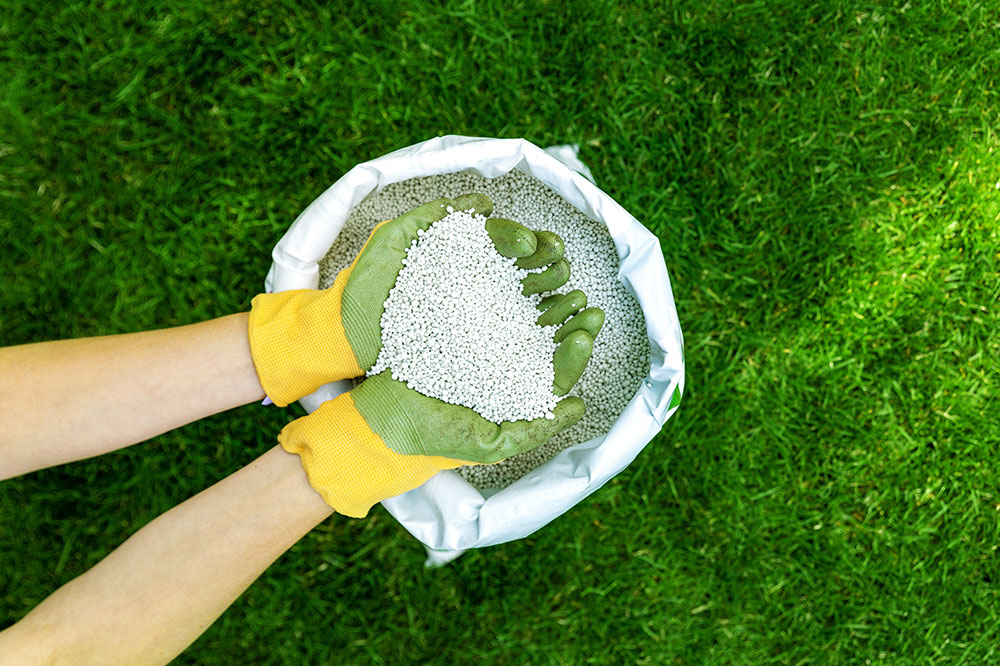Essential Tips for Fertilizing Blueberry Plants Effectively
Learn effective strategies for fertilizing blueberry plants to promote healthy growth and maximize yield. This guide covers timing, fertilizer types, costs, and organic supplement options, helping gardeners optimize their blueberry cultivation with minimal risk of over-fertilization.
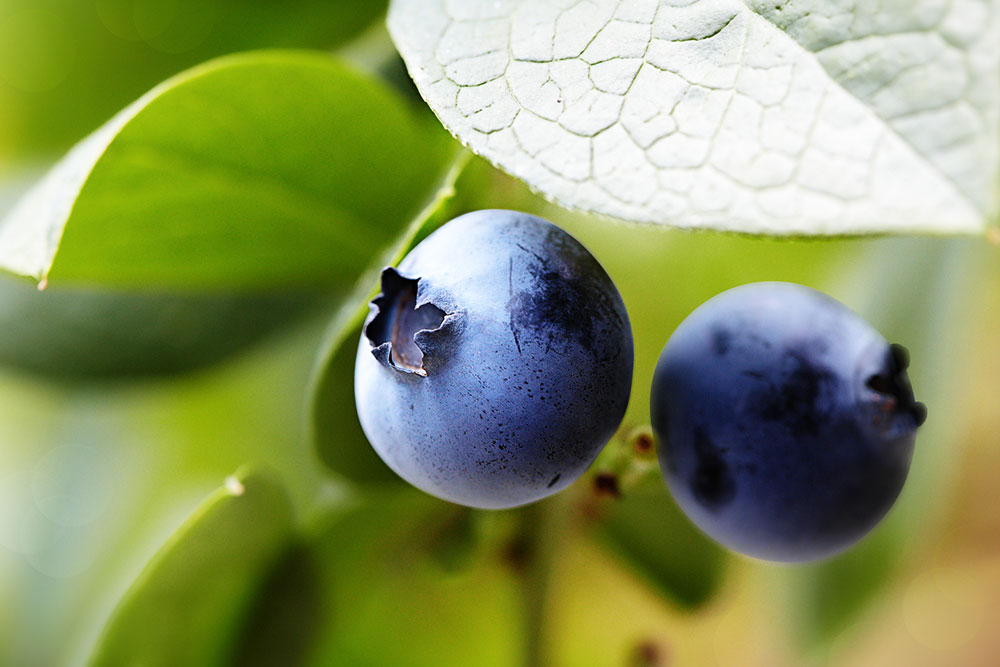
Essential Tips for Fertilizing Blueberry Plants Effectively
Blueberries are among the easiest fruits for home cultivation, requiring minimal space and maintenance. Unlike berries such as blackberries or raspberries, they don't need trellises and are quite resilient. Still, proper fertilization is vital for healthy growth. Over-fertilizing can harm these sensitive plants. Here are key insights into fertilizing blueberry bushes to maximize their health and yield.
Advantages of Proper Fertilization
Applying the right fertilizer provides several benefits:
Enhanced growth and development
Adequate nutrients like nitrogen, phosphorus, and potassium support strong root systems, sturdy stems, and lush foliage.
Increased fruit production
Well-fertilized blueberries tend to yield larger and more abundant berries, as nutrients enhance flowering, fruit set, and ripening.
Strengthening disease and stress resistance
Proper nutrition boosts the plant's immune system, helping it resist environmental stresses, pests, and diseases like drought and mildew.
Fertilizer Costs for Blueberry Cultivation
Prices vary based on the type, quantity, and brand. Liquid fertilizers typically start around $30 per quart, while granular options can be as low as $16 for a 5-pound bag. Organic options may cost more due to their concentrated formulas. Yearly expenses are estimated at approximately $120 per acre in the first year, rising to about $170 in the second and $350 from the third year onward. Proper budgeting ensures sufficient supply for healthy blueberry growth.
Fertilization Timing During Growth Stages
The timing of fertilization is crucial for optimal plant development. Blueberries should be fed three times annually—early spring, late spring or early summer, and post-harvest.
Early Spring
Between March and April, just before buds open, fertilize to promote new growth.
Late Spring/Early Summer
About six weeks after the first application, add more fertilizer to support leaf expansion and fruit development.
Post-Harvest
After June or July harvest, a final fertilization helps restore plant vigor for the next season.
Fertilizer Quantity and Overfeeding Risks
Over-fertilizing can cause issues such as excessive branching, poor berry production, or soil salinity problems. Young plants need less fertilizer—half the recommended amount for mature plants in their first two years, 75% in the third year, and full recommended doses for plants older than four years. Proper application ensures healthy growth without adverse effects.
Recommended Fertilizers for Blueberries
Blueberries benefit from nitrogen-rich fertilizers, especially those releasing nitrogen slowly via sulfur-coated urea, urea, ammonium sulfate, or organic sources like manure. Acid-loving plant formulations with balanced ratios such as 7-7-7 or 4-3-4 are ideal. Supplementing with homemade fertilizers like coffee grounds, eggshells, Epsom salts, cow manure, or composted yard waste can further enhance soil health and plant growth.
Note:
This article offers practical guidance for blueberry fertilization, drawing from trusted sources. Readers should consider local conditions and consult experts for tailored advice. The information is intended for educational purposes and not as a substitute for professional agricultural or horticultural consultation. The website disclaims responsibility for any discrepancies or inaccuracies.


